How to buy the best wireless speaker
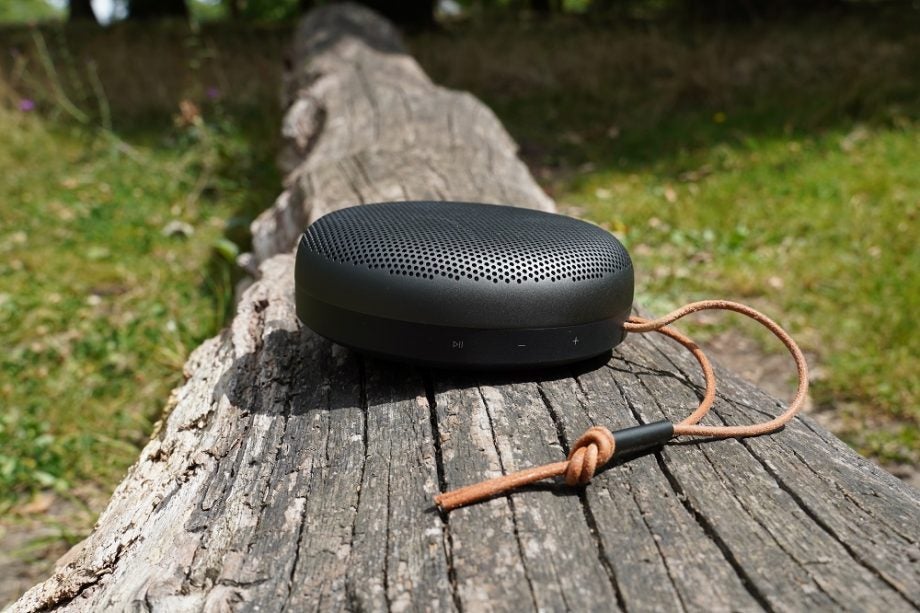
How to buy a wireless speaker: With wireless speakers coming in so many different shapes and sizes, it can be a difficult task knowing which to get.
Do you want a portable speaker for your travels? What about a desktop speaker? How about a smart speaker you can talk to? Or perhaps you’re an outdoorsy type, looking for a speaker that can survive variable weather conditions?
There’s plenty of things to consider. We’ve created this guide to set you on your way and get the wireless speaker you’re after.
Related: Best Bluetooth speaker
What purpose is it for?
The first question you should ask yourself is what purpose the wireless speaker is for.
Are you a hi-fi connoisseur who needs a speaker as a main system? Are you interested in multi-room? Do you need something small and portable? And how much are you willing to spend? Cheap may be cheerful, but it’s not necessarily the best.
As soon as you can answer that initial question, the easier your search will be.
Mains or battery powered?
We can split wireless speakers into two categories: Mains- or battery-powered.
A mains-powered wireless speaker is limited in terms of placement and restricted to the home. Battery operated speakers can be used in the home and out, but you’ll need to factor in battery life. Smaller speakers can last several hours, while the average tends to be around ten hours – more than enough for a day of play.
Other factors to consider is whether a portable speaker can withstand the elements. Check the IP ratings if you’re likely to take it out of the house. Is it dust-proof and even scratch-proof? (you may have an animal fond of biting brightly colour objects). How durable is it? If there’s a chance the speaker could take some punishment – accidental or not – you’ll still need it to carry a tune.
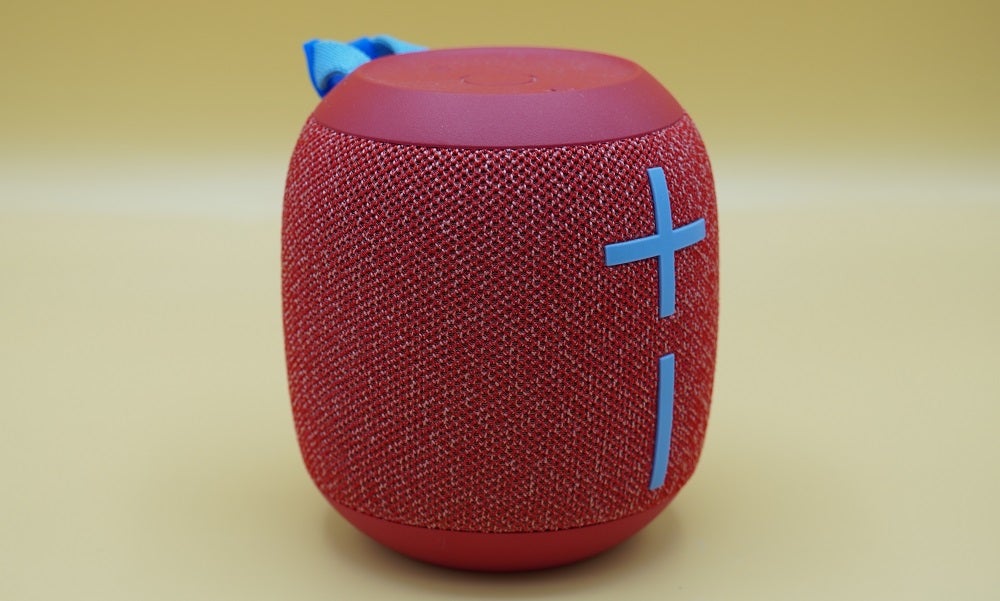
The Wonderboom 2 is designed to be waterproof
For mains-powered speaker positioning is important. Some have a mono-speaker set-up, which impacts the spread and direction of sound. Others are big and wide enough to contain several drivers inside so sound is spread wider.
It’s up to you where you want to place the speaker, but tucked against a wall tends to firm up bass, while a free-standing position (i.e. away from walls and shelves) is better for speakers that spin out 360 degree sound. A Sonos speaker can tune the sound to its environments via its Trueplay feature, while others such as Denon and B&O incorporate room tuning in their respective apps to finesse the sound for where it’s positioned.
Related: Best outdoor speakers
What size and shape?
Some wireless speakers are tall, others are small. Some are boxy, some are cylindrical whereas others have a curve to them. This can affect the type performance you get. While not always a given, cylindrical-shaped speakers such as the Libratone Zipp 2 claim to disperse sound in a 360 degree radius, so you get a similar performance wherever you are.
Bigger also means more room for amplifiers and speaker drivers, which leads to a more powerful sound. Smaller speakers like a DALI Katch can fill a room, but not necessarily with the same level of power.
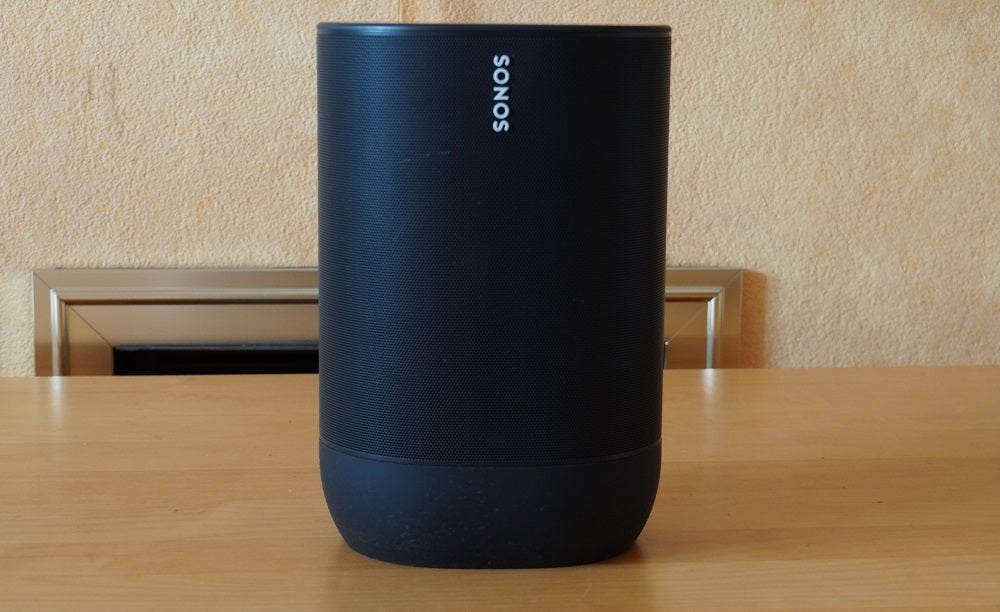
Portable speakers tend to be smaller but not always. Speakers from JBL, Urbanista and Ultimate Ears can be carried or put in a rucksack, but bigger options in the Sonos Move or Marshall Tufton come with an integrated handle/strap. Bigger means heavier, but the size also means they’re more suitable than smaller speakers for gatherings of a few people and more.
Audio brands often release efforts in different sizes. Take for example the Denon Home series. There’s a compact model (Home 150), a medium-sized effort (Home 250) and a large one (Home 350). The character and features are consistent throughout the lineup, but the size of the speaker impacts the size and spread of the sound, as well as how much space it needs.
For smaller spaces such as the bedroom or desktop table, a compact speaker will do. If you want something as a main speaker and closer to a hi-fi experience, the bigger the better.
What type of connection?
Most wireless speakers support Bluetooth. Bluetooth 5.1 is the latest standard, and it’s faster than previous versions and allows for more data to be transmitted across longer distances. In our experience, we’ve found many speakers support Bluetooth 4.2, but since its introduction, the Bluetooth 5 standard is steadily increasing in traction with device support.
Bluetooth is the perfect solution for outdoor/portable speakers, and if you have two speakers of the same type, they can be paired together for a stereo performance (such as the Urbanista Sydney). However, outdoor/portable speakers rarely, if ever, support high quality streaming in aptX or aptX-HD. Look to mains-powered speakers for that level of Bluetooth streaming.
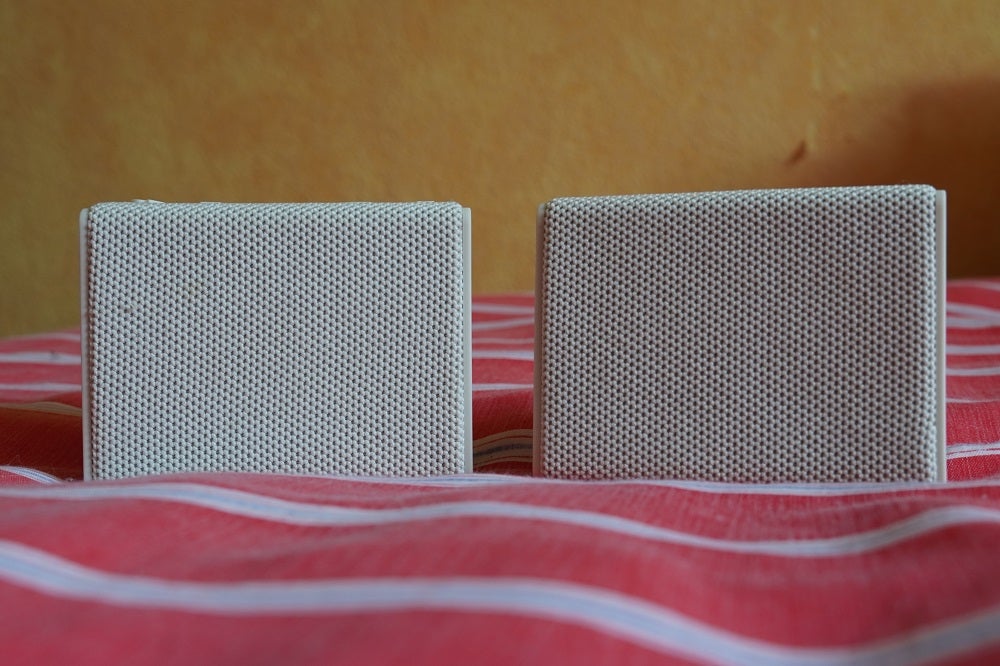
Speakers often support both Wi-Fi and Bluetooth, but the former is the stronger, more reliable connection. Speakers from the likes of Sonos rely on Wi-Fi for operation, although the Move outdoor speaker is the first from Sonos to support Wi-Fi and Bluetooth.
Wi-Fi increases the bandwidth pipe, so high resolution audio can be funnelled to the speaker if it’s supported. You can stream from a source such as a NAS drive on the same Wi-Fi connection via DLNA; or you can create a multi-room setup, link speakers together and play music around the house. Sonos is regarded as the best exponent of this, but there’s plenty of options in Bluesound, Naim and Ruark.
Apple users will know of AirPlay 2. Apple’s wireless tech streams content from an iOS device to a compatible receiver over Wi-Fi. It too has the ability to group compatible speakers, and if you have two HomePods, they can be paired in a stereo configuration. AirPlay 2 also brings Siri voice control.
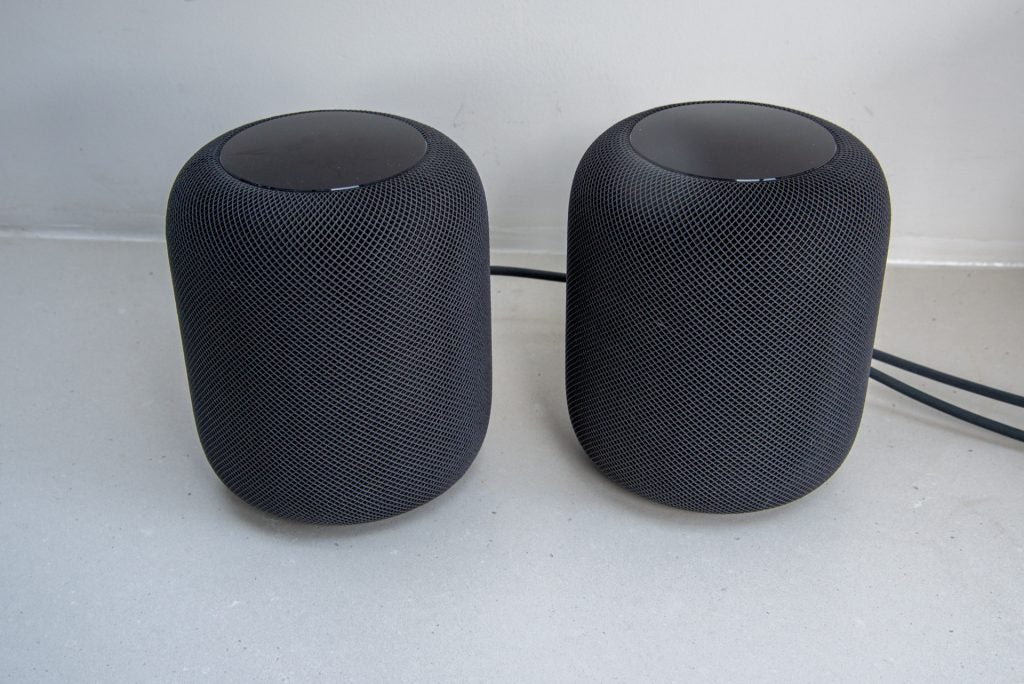
Two HomePods sound incredible
For anyone who religiously streams from Spotify, there are plenty of speakers with built-in support for the music service. Connect turns your mobile device/computer into a remote, which you can use to control music playback. It uses Wi-Fi, so you won’t get this on Bluetooth-only speakers, and it requires a subscription to the Premium tier. The benefits of Connect is that you can switch easily between compatible devices, and it conserves the speaker’s battery as it streams directly from the Internet.
Chromecast is gaining popularity and can be seen on Cambridge Audio’s Yoyo lineup or Bang & Olufsen’s Beosound Balance. It too relies on Wi-Fi connection and tops out at 16-bit/44.1kHz, which makes it less suited to streaming Hi-Res audio from services such as Tidal Masters. It’s a relatively easy way of creating a multi-room speaker set-up, as well as streaming music to other Google Home-compatible speakers.
One last thing to consider are physical connections. Most portable/outdoor speakers have an auxiliary 3.5mm port for a wired connection to a portable music player. Other wireless speakers with home cinema aspirations – such as the Amazon Echo Studio – have an Optical (Toslink) audio connection for connection to a TV. The Naim Mu-so 2nd Gen has an HDMI ARC connection, for use as a fully-fledged soundbar.
Related: Best multi-room speakers
Smart: To be or not to be
In the past few years, the rise of the smart speaker has been inexorable. You can talk and give speakers instructions to play music, find out the weather, listen to the latest news…
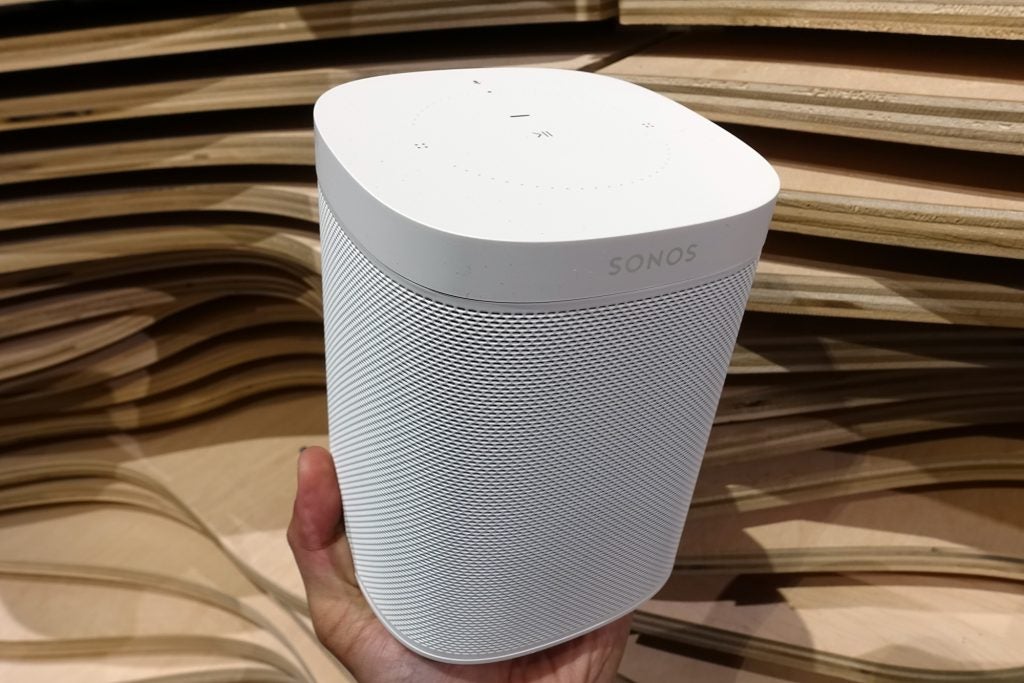
The Sonos One supports both Alexa and Google Assistant
Smart speakers tend to support either Amazon Alexa or Google Assistant, and in some cases support both (Sonos). Not all speakers are born equal. While some brands have included built-in microphones so the speaker can hear you; others (Audio Pro A10) rely on voice control from an external device, such as the Google Home or Alexa app.
Related: Best smart speakers
Performance that matches your tastes
Last, but by no means least, is audio. This, perhaps, has the most room for interpretation as it depends on your tastes. Favour bass? Speakers from Denon, Marshall and Sonos are a good bet, with Sonos the more refined out of the trio.
Want a more musical sound? Bowers & Wilkins with Formation Wedge and Naim’s Mu-so range offer stellar performance. If you want high-resolution audio, you’ll have to cough up a bit of dough as this is a feature available on premium wireless speakers.
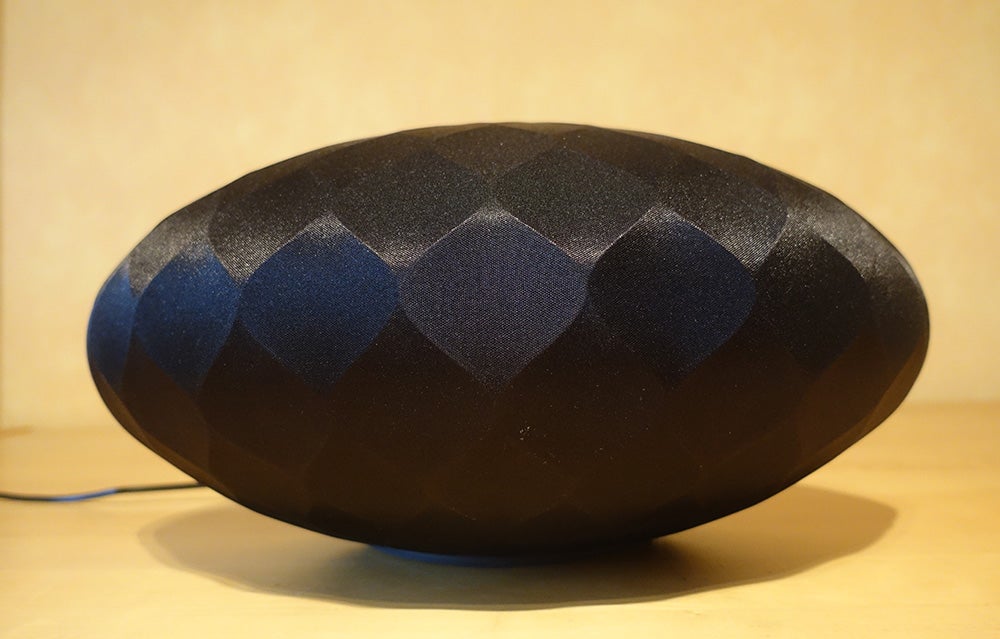
The Formation Wedge is pretty big, but sounds great too
Not too bothered about quality and want a fun sound. We’ve found that Ultimate Ears and JBL offer plenty to like without demolishing the bank balance.
This brings us back to the purpose of the speaker. As long as you have a firm idea of what you want – and with the help of this guide – you’ll be able to navigate through the choppy waters of the wireless speaker market with more ease and get that speaker you want.
Wireless speakers cater to all shapes, sizes, needs and tastes. Be sure to read our reviews to get a handle on their characteristics and check out our best buys to see our ranking of the best wireless speakers to buy.


